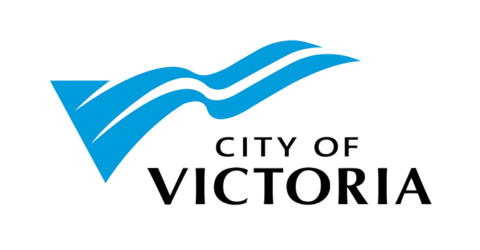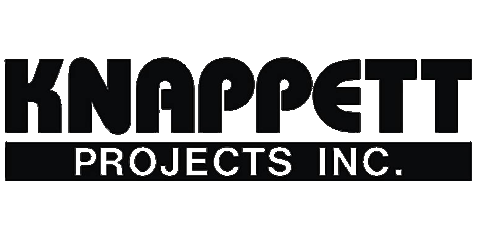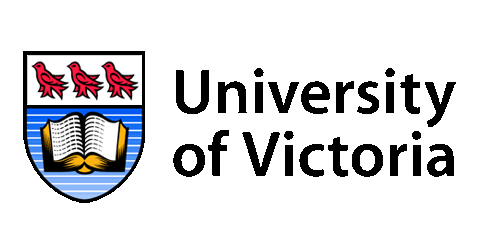After 18 months of waiting for a federal budget, Canadian businesses heard yesterday about the government’s big promises.
“Canada has an urgent need to get back to a growing, productive economy,” Canadian Chamber President and CEO Candace Laing said in a media release. “The government has heard business’s call to focus on the economy and has made some tough choices to attract investment. Individual businesses — small, medium and large — will be the ultimate judges of whether this is enough to start making investments in Canada again.”
The Chamber was pleased to see the government make needed reprioritizations and cuts, while investing in new defence spending.
Our armed forces have long been left empty-handed and finally meeting international commitments could go a long way to being seen as a reliable global partner.
“This budget makes critical investments in the equipment and technology our men and women in uniform need to defend Canada at home and abroad,” Executive Vice President and Chief of Public Policy Matthew Holmes said.
Budget 2025 takes a step toward balancing fiscal restraint with targeted investment. But the test ahead is execution and follow through — ensuring that policies translate into real-world competitiveness and growth.
“The world is competing for capital, and capital is mobile,” Laing said. “Canada has the talent, the resources and the potential to lead. Now, we need to prove that we can provide the certainty investors and businesses are looking for here at home.”
2025 Budget Expert Insights






















